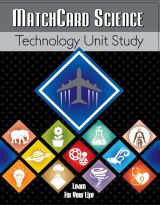Electronic Worksheet
Our electronic worksheet explains input, output, and signal processing units. Don't worry, it's not hard to grasp.
Free Download Below
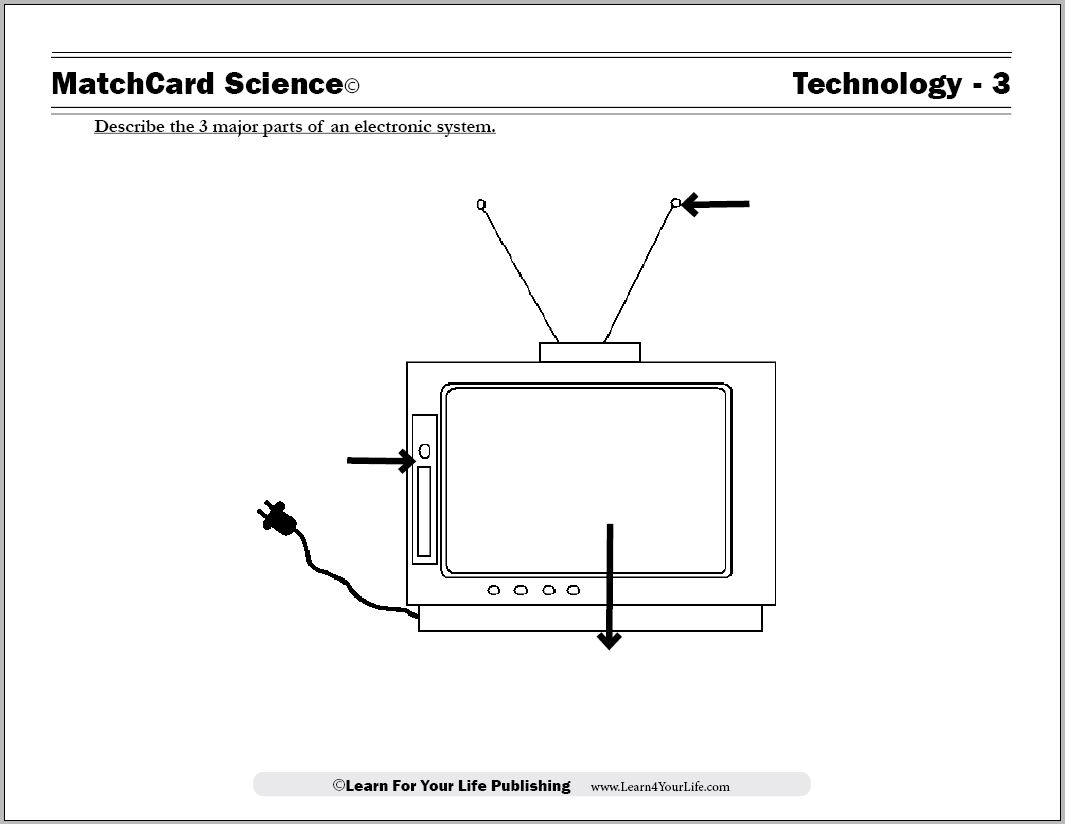
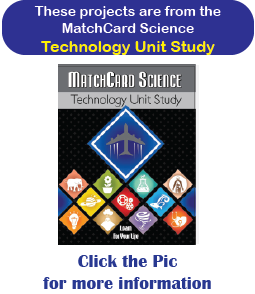
MatchCard Science Electronic Worksheet
Objective: Describe the three major parts of an electronic system.MatchCard: Download below.
MatchCard Information Pieces identify, describe, and give examples of input, output, and signal processing units.
Print the Types of Electronics MatchCard


Click image to go to download.
This is MatchCard #3 of the Technology Unit Study. Find more information on MatchCard Science below.
Opening Activity: Input and Output
This activity works best with one leader and three kids, though it can be adapted for any number.Step 1 Written to Verbal
Write the word "heart" on a piece of paper. Show it to Student #1. Student 1 whispers it to Student #2.Example 2: Verbal to Diagram
Student #2 draws a diagram of a heart after they hear the word from Student 1. Then Student 2 shows their diagram to Student #3.Step 3: Diagram to Written Word
Student #3 writes the word of the diagram they were shown. Then show that the two written words are both "heart".Discussion
In this activity each student had an “input” and an “output.” Discuss what those inputs and outputs were.3 Parts of Electronics
INPUT
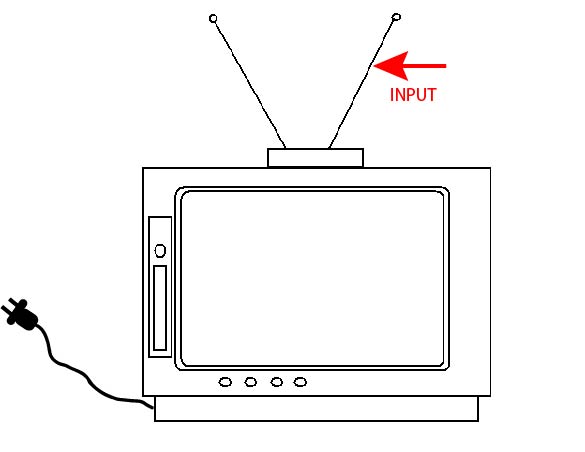
Signals may be temperature, electrical, or pressure.
Examples:
- Barcode Reader
- Scanner
- Digital Camera
- Joy Stick
- Keyboard
- Microphone
Signal Processing Unit: SPU
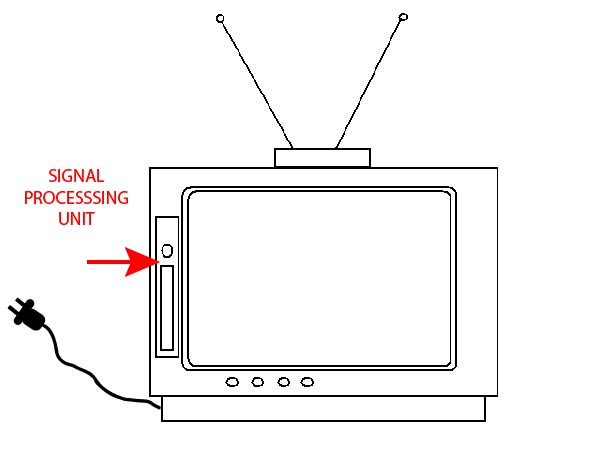
Signals may be analog or digital.
The Signal Processing Unit (SPU) converts the input signal into the output signal. What was the SPU of your heart activity? The students’ brains processed the input and constructed an output. Every piece of electronic equipment needs “brains” to do its work.
Analog
Analog signals are continuous signals that are transmitted electrically and imitate the original signal. They are older, less expensive.Digital
Digital signals are discreet binary signals that are transmitted quicker and produce clearer pictures and sounds but with decreased nuances of color and tone.OUTPUT
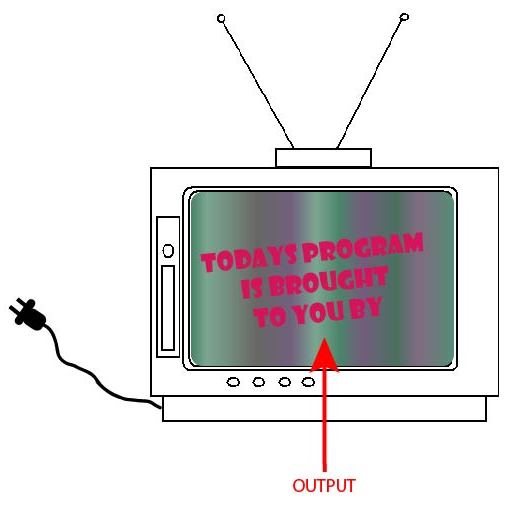
Signals are often visual or audio.
Examples:
- Monitor
- Printer
- Speaker
- Headphones
- GPS device
Other Actvities
The old televsion sets provided a very easy explanation of input and output signals. The antenna captured the signal and the television screen displayed it. Ask the students to give examples of other types of electronics and what their input and output signals would be.Input Output Scramble
Use the italicized examples of inputs and outputs provided in the information pieces. You can rewrite them on larger cards if you desire. The student(s) sort them into two piles: input and output.Diagram
Have students draw simple diagrams of different types of electronics. They should identify the input, output, and SPU. As an alternative to drawing diagrams you can also use:- Photos taken of electronics in your house
- Pictures from sales brochures/catalogs of your local electronics retailers
Circuit Boards
Ready to learn more? The next MatchCard on Circuit Boards will teach you how incoming signals are changed to outgoing signals. Don't miss any of the MatchCard Science Technology activities.MatchCard Science
How To Use MatchCards

Download the FREE MatchCard Science Instructor's Guide and see how MatchCards can make building their science knowledge base fun.
12 Science Unit Studies

Chemistry is only one of twelve complete unit studies for kids in 3rd to 8th grade.
Comprehensive objectives, hands-on projects, suggested science fair experiments, and the fun game-like MatchCards keep them interested in learning science. See all twelve MatchCard Science Unit Studies.
About Our Site
Hands-On Learning



